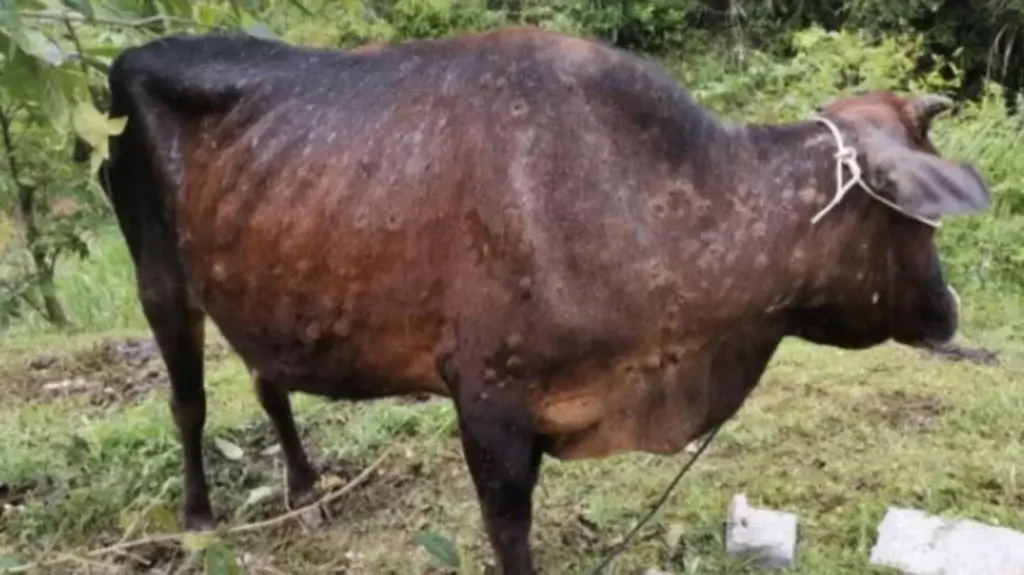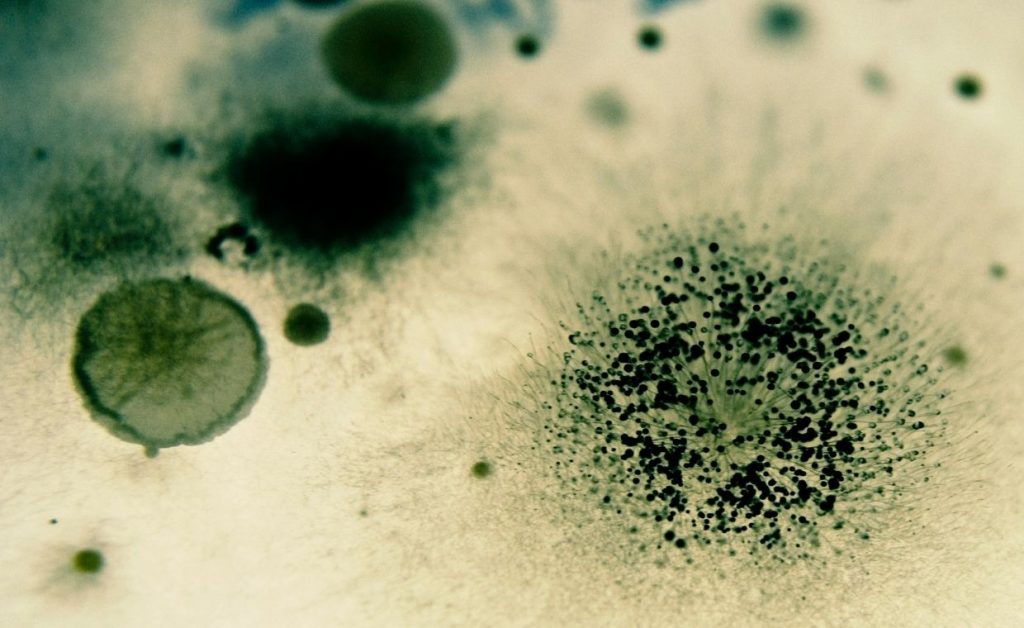The Ultimate Valentine’s Day Gift Guide for 2025
The Ultimate Valentine’s Day Gift Guide for 2025 Valentine’s Day is a time to celebrate love and affection, and choosing the perfect gift can make the occasion even more special. Whether you’re shopping for your significant other, a friend, or treating yourself, this guide covers unique, meaningful, and thoughtful gift ideas to make February 14 unforgettable. Luxury Valentine’s Day Gifts For those looking to make a grand romantic gesture, luxury gifts are the perfect way to express love and appreciation. 1. Designer Jewelry A timeless piece of jewelry, such as a diamond necklace, gold bracelet, or a personalized locket, can be a cherished keepsake for years to come. 2. Luxury Getaway Plan a surprise trip to a romantic destination, such as the Whitsundays, the Yarra Valley, or a private island retreat. 3. Premium Fragrances A signature perfume or cologne from high-end brands like Chanel, Tom Ford, or Jo Malone adds a touch of elegance. 4. Custom-Made Gifts A personalized watch, engraved leather wallet, or a bespoke piece of art makes for a one-of-a-kind gift. Mid-Range Valentine’s Day Gifts For those who want to strike a balance between affordability and sentimentality, mid-range gifts offer excellent value. 5. Couple’s Spa Experience Book a relaxing spa day for two, featuring massages, facials, and aromatherapy. 6. Wine & Dine Experience Reserve a special dinner at a fine-dining restaurant or organize a private wine tasting tour. 7. Subscription Boxes Gift a subscription to a wine club, gourmet food box, or self-care package that delivers surprises every month. 8. Personalized Star Map Capture the exact alignment of the stars on a special date—such as the day you met or your anniversary—and frame it for a sentimental touch. Budget-Friendly Valentine’s Day Gifts Love doesn’t have to come with a hefty price tag. These budget-friendly gifts are full of meaning without breaking the bank. 9. Handmade Love Letters Write a series of heartfelt letters that your partner can open on different occasions. 10. DIY Date Night Kit Create a date night in a box with their favorite snacks, a movie, and a playlist of meaningful songs. 11. Memory Scrapbook Compile photos, notes, and souvenirs from your relationship into a beautifully crafted scrapbook. 12. Breakfast in Bed Surprise your loved one with a homemade breakfast served with fresh flowers and coffee. Tech & Gadgets for Valentine’s Day For the tech-savvy partner, here are some modern gifts they will love. 13. Smartwatch A high-tech watch like an Apple Watch or Samsung Galaxy Watch keeps them connected and stylish. 14. Wireless Earbuds High-quality earbuds like AirPods Pro or Bose QuietComfort make for a great gift for music lovers. 15. Digital Love Notes A digital picture frame that displays rotating messages and photos adds a sentimental touch to tech gifts. Eco-Friendly & Sustainable Valentine’s Gifts For those who appreciate environmentally friendly gifts, these options make thoughtful and responsible choices. 16. Plant a Tree Together Symbolize your growing love by planting a tree in a meaningful location. 17. Sustainable Jewelry Opt for ethically sourced gemstones and recycled metals for a guilt-free jewelry gift. 18. Handmade Organic Candles Choose soy or beeswax candles with natural scents for a cozy and sustainable gift. For Long-Distance Relationships If you’re celebrating Valentine’s Day apart, these gifts help keep the connection strong. 19. Love Letter Subscription Send handwritten letters or a pre-planned series of notes to keep the romance alive. 20. Matching Long-Distance Bracelets Wear a bracelet that vibrates when the other person touches theirs, symbolizing your connection. 21. Virtual Date Night Plan a special video call with a themed dinner, games, and a watch party. No matter your budget or relationship status, there is a perfect Valentine’s Day gift for everyone. Thoughtfulness and effort matter more than price, so choose a gift that reflects your love and appreciation. Celebrate love in a way that’s meaningful, personal, and memorable this Valentine’s Day 2025!







